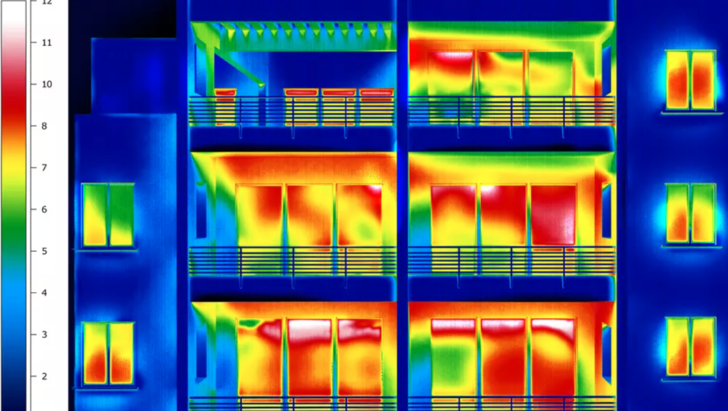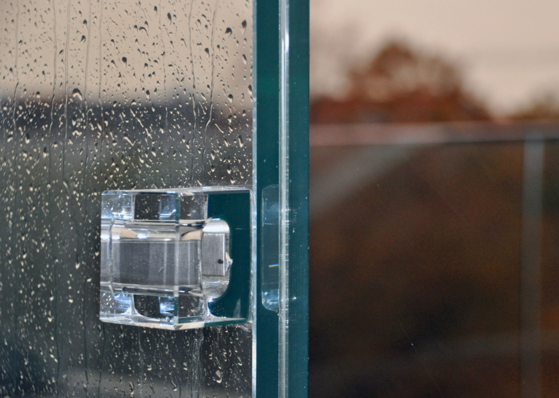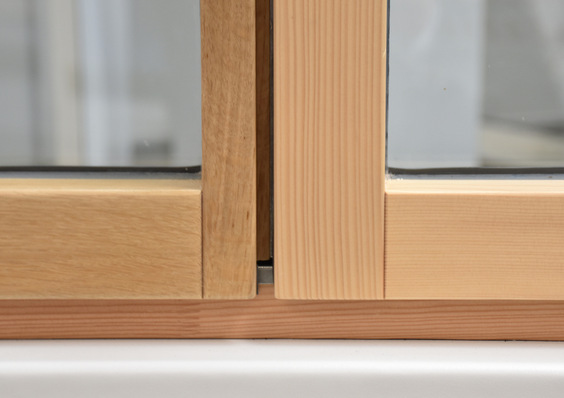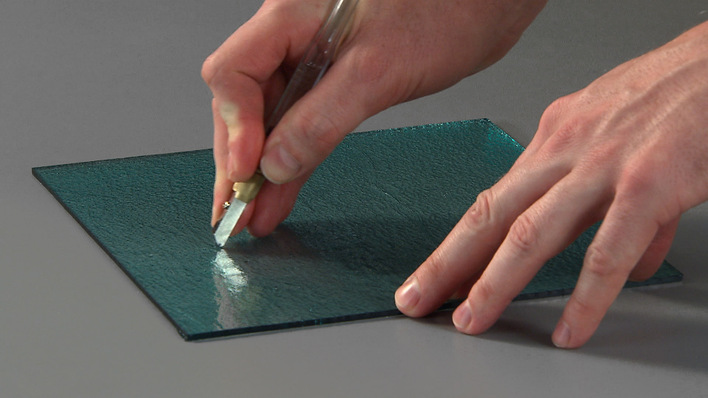The U-value is measured in units of W/m2.K (Watts per square metre per Kelvin). It is a way of measuring the insulating properties of a building element. The lower the U-value, the better insulated the building element is. In other words, a facade element or window with a low U-value should prevent heat loss/gain better than one with a high U-value. It is the most accurate way of measuring the insulating properties of the application or material and Building Regulations/Standards often specify U-values which have to be achieved when constructing or refurbishing a building. The U-value is calculated by taking the resistivity (R-value) of the elements that make up the building element. The R-value refers to a material’s ability to resist heat transfer at a given thickness – the higher the better.
What is the U-value useful for?
U-values are used more frequently to determine the insulation properties of windows specifically. Also, U-values are typically used in systems where multiple materials are used, such as in windows, whereas R-values are used to determine the insulating capabilities of only one material. In regions where homes need more heating than cooling, it's clear that low U-factors are important, but they are also beneficial in regions where homes need to be cooled. Regardless of the hot or cold, windows with better insulating properties can resist heat flow more efficiently. Mathematically, U-value is calculated by measuring heat flow across a surface where each side is at a particular temperature. If the R-value is known, simply calculate the inverse of the R-value to obtain the U-value.
How does the U-value apply to windows and facades?
The nature of the window frames used is as important to sufficiently high u factor windows as the type of glazing employed and the quality of installation. Of course, building walls should also be insulated sufficiently. Insulating glass units can offer great improvements to the overall u-value of windows. A coating of infrared-reflective material in combination with gases used in between glazing layers can improve the heat transfer coefficient of windows by 50% or more without deterring visual light. However, special types of window glazing which combine multiple elements such as heat insulation, acoustic insulation or burglary protection usually cannot offer the same U-value as dedicated thermal insulating windows. Thermal insulating glass units with up to three panes of glass can reach U-values of 0,4 to 0,7 W/(m2K). Approximately 30% of the U-value of windows is made up of the frame’s insulating capabilities.













